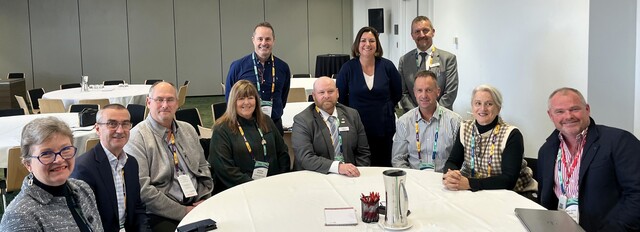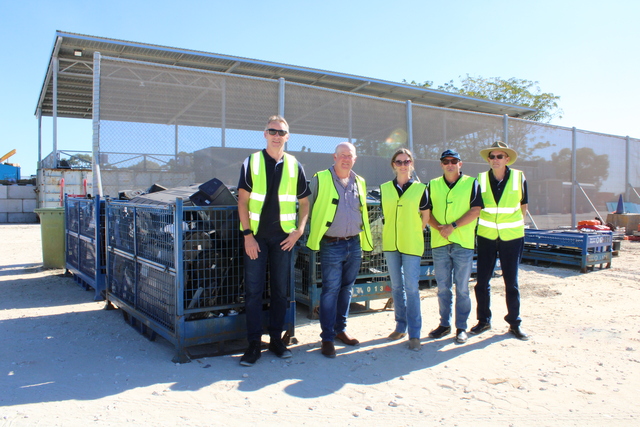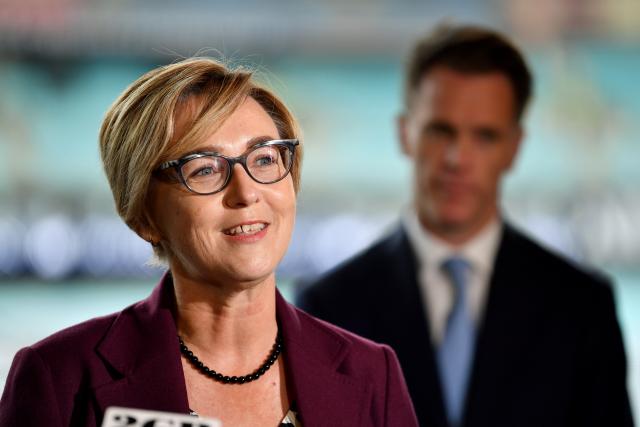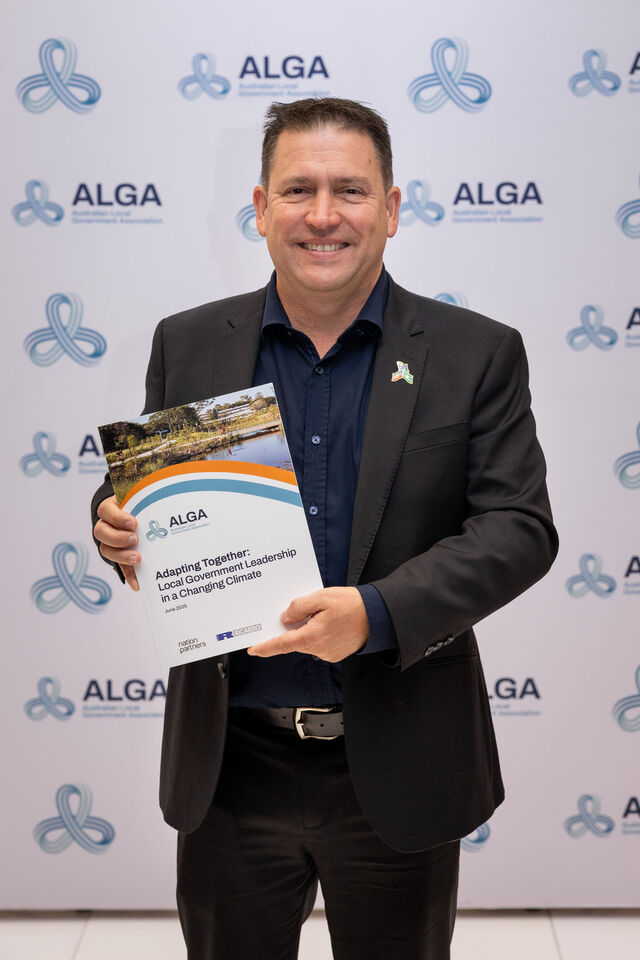Maintaining ageing assets with limited funding is not a new problem for Councils. However, the removal of non feasance and the introduction of a new Road Management Act in Victoria poses new challenges, with extra responsibility on Councils to maintain, inspect and repair road assets.
Moira Shire, located on the Murray River in Victoria’s north east, has 28,000 residents and covers 4,000 square kilometres. The combined pressures of age, increasing traffic numbers, larger vehicle size, new legislative safety requirements and limited funding were likely to see increasing numbers of older bridges facing load limits or closure until Council could undertake costly repairs or replacements.
Bridge closures in isolated rural areas are particularly hard on affected communities that can face an extra two hours round trip for daily access to schools, work and shops for upwards of three months.
To address this, since May 2004, Moira has been developing an integrated engineering, consultation and community building approach to bridge replacements, repairs and closures. The process involves all key stakeholders in decision making and has developed transferable engineering techniques to maximise construction speed and quality while minimising cost. The approach has the potential to reduce construction time from 12 weeks to 20 days, depending on surrounding conditions.
Council’s Capital Works Manager, Wayne Galloway, said that Moira initially used the approach for Rices Bridge in Barmah. Council has since adapted this new design, construction and communication technique for five other timber bridge replacements.
“Council now has a generic design that can be quickly adapted from other bridge projects when asset failures require urgent reprioritisation of work schedules,” Wayne Galloway said. “This creates greater efficiency in pre project planning, design and construction, and provides enhanced budget forecasting for projects by enabling more accurate costing and programming.”
Wayne Galloway said it is imperative for Councils to act quickly to minimise inconvenience, harness anxiety through regular communication and use the issue as an opportunity to foster relationships between Council and affected communities.
“Immediate and regular face to face contact ensures the community are aware of the work Council is undertaking and reassures the community that they are important and that Council recognises the impacts that bridge closures have,” he said.
The model was recently featured at two national bridge conferences for its innovative engineering approach.
For further information contact Wayne Galloway on (03) 5871 9222.








